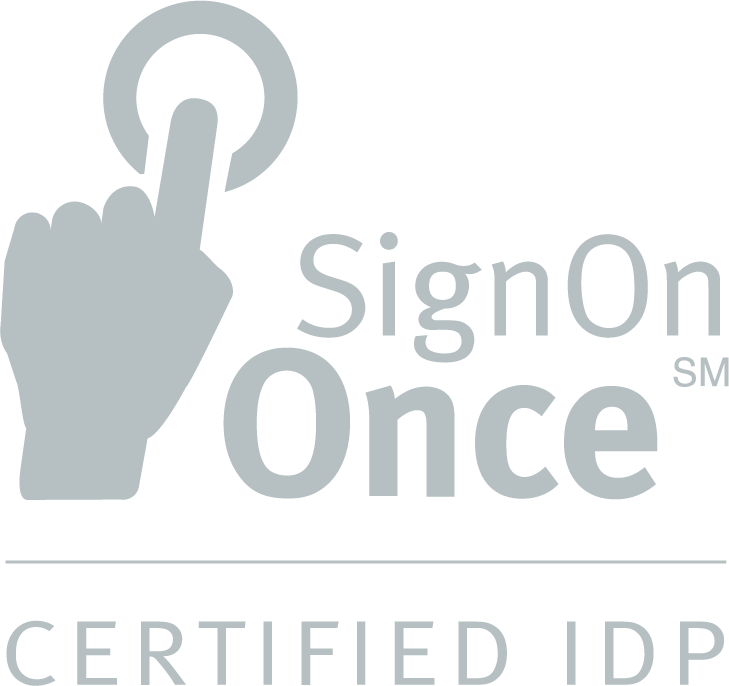Embedded insurance is the combination of insurance offerings with non-insurance purchases, such as buying plane tickets and a travel insurance policy, all in one transaction. This allows consumers to protect their purchases directly at the point of sale, at the moment when they are most focused on the item or service in need of protection from life’s what-ifs.
Common examples of embedded insurance include:
- Warranties
- Cell phone insurance
- Collision insurance policies (e.g., rental cars)
Interestingly, auto manufacturers are also keen to enter the insurance space, with their own insurance entities increasingly embedding auto insurance into car purchases. GM Insurance, Toyota Insurance Company, and Tesla all provide embedded insurance offerings in conjunction with vehicle sales.
Why is embedded insurance important?
For competitive insurers, embedded insurance is another distribution option that allows them to participate in third-party consumer journeys. It’s also a growing channel, with the U.S. market value projected to rise to $70.7 billion by 2025. With embedded insurance, insurers can meet consumers where they are, alongside a trusted product or services brand.
Embedded insurance is highly accessible, direct-to-consumer insurance designed to help close protection gaps.


